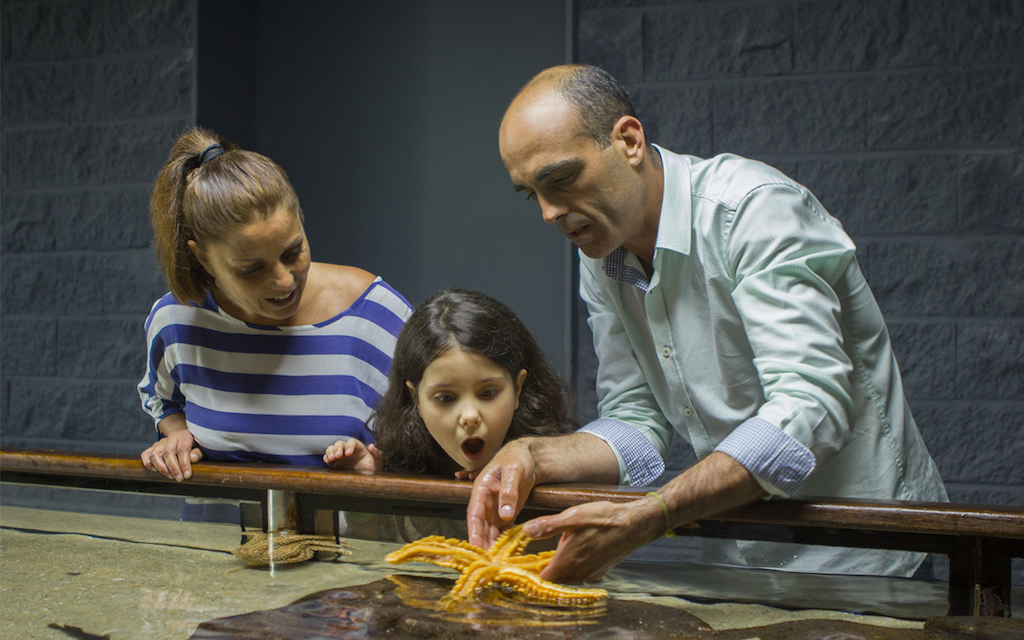The natural beauty of Rias Baixas will be our host as soon as we arrive at this coastal region of Galicia. The beaches and the mountains are equally easy to reach as are other various places where we can learn about the magical and legend-filled past. As we travel through the Rias Baixas we will fall in love with its landscapes, history and peacefulness welcoming families with children.
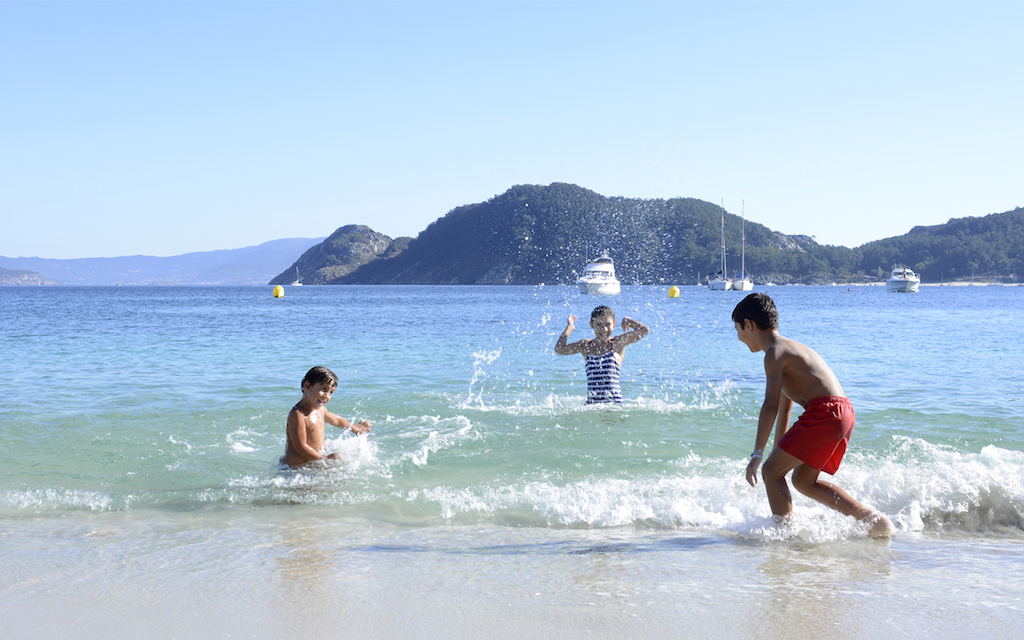
The beaches of Rías Baixas
A special feature of the beaches of Rias Baixas is the mild climate that lasts until the beginning of October, which makes it a perfect destination for taking a splash with the kids. The province of Pontevedra has three inlets that join neighboring and facing beaches, from which we can discover fishing villages, towns and special boats used for cultivating mussels.
In the Ría de Arousa inlet we will find an interior island named A Illa de Arouse, whose coast is a Red Natura protected. There we can visit the Playa de Area de Secada beach and take a walk and see the dunes, while we enjoy the shade of the pinewoods. On the island, we can also go kayaking or canoeing to transform a normal day at the beach into an adventure.
Before we enter the Pentevedra inlet we come across the Peninsula de O Salnés, one of the highlights of Rias Baixas and an indispensable visit when we are in Pontevedra. There we can take walks at the beach, listen to legends, visit hermitages and enjoy the rural environment and the wide areas with dunes. In this region lies the Playa de A Lanzada beach, with a length of more than 2 km, where we can witness the ritual of the nine waves on the Noche de San Juan (cit. night of summer solstice). At the Playa da Barrosa in San Vicente of O Grove we can take a rest, having a drink in a nearby bar with live music.
Sanxenxo is where we find the majority of the blue flags in Rias Baixas making it a reference throughout the country as a tourist destination for sun and beach enthusiasts. There are several urban and semi-urban beaches as well as the known Playa de Silgar beach next to the seafront of Sanxenxo. There are also beaches in a more rural environment with landscapes alternately of cliffs and dunes, a true feast for the eyes.
On the south coast of the Ría de Pontevedra estuary the beaches are characterized by the landscapes, the gastronomy and the local traditions. There the sand is fine and the sea is calm. Therefore, every summer a lot of tourists come to this place attracted by these features. Furthermore, in the Arenal de Loire we can show to our kids the life in a fishing village.
Traveling down the Ria de Vigo we arrive at the Playa de Cesantes, where we can reveal a little secret to our children. At low tide the sculptures of Julio Verne and two divers emerge from the water. It’s a tribute to the writer of the novel “Twenty-thousand leagues under the sea,” who mentioned the Ría de Vigo in his book. In Vigo we can also visit the urban beach of Samil, which is more than 1 km long and always very lively because of its restaurants, gardens and playgrounds.
Finally, in the region of Val Miñor we will find beaches for surfing or for walks through the long, sandy beaches. Near the Playa de Ladeira are several small family beaches with a quiet atmosphere, ideal to visit with children, such as A Barbeira near the leisure port, which stands out for its warm and transparent waters.
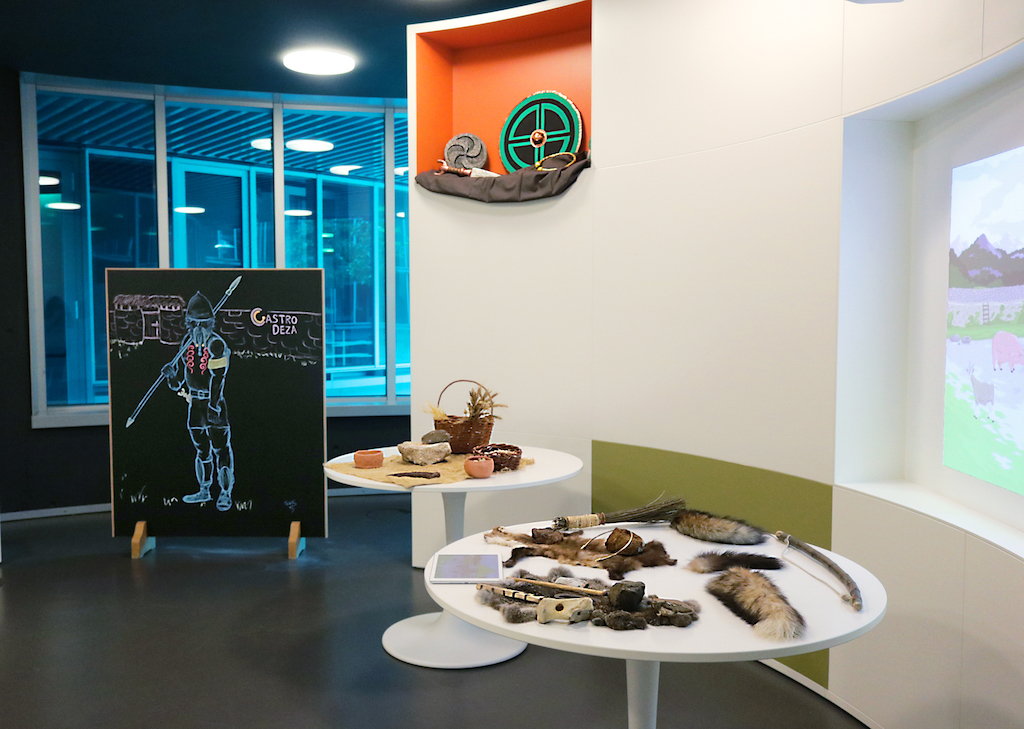
What to do in the case of rainy weather?
There is the possibility that the weather may be a little rainy at some point during our travel through Rias Baixas and we might not be able to visit a beach. In this case we can go to several places with our children. Many of these places offer special activities for kids and their families.
One of these places is the Museo Galego da Marioneta museum in Lalín, where we can see different popular puppets and marionettes and learn about their history. The Granxa Escola Fervenza do Toxa farm school is located in Silleda, near the highest waterfall in Galicia and only 20 minutes away. There we can participate in several adventure activities and in the farm school.
In O Grove we can visit the Acuario where we will see 22 aquarium representing the flora and fauna of the Galician coast and the tropical seas. There our children have the opportunity to take part in the activity “Acuaristas por un día” (cit. aquarist for one day) which allows the children to feed the fishes amongst other things. In Soutomaior we find the Castillo de Soutomaior castle from the 12th century. There, our children can be knights and princesses for a day, the same as in the Castillo de Sobroso castle in Mondariz.
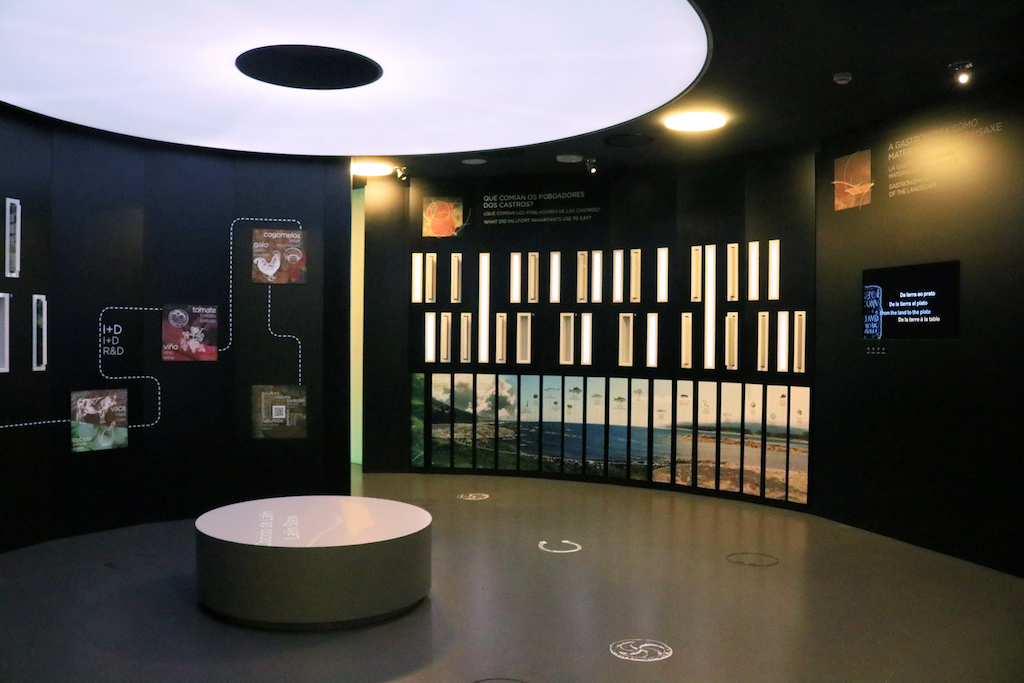
In Vigo, a visit to the Vigo Zoo is a must where we can see all kinds of animals, and in Baiona we can visit the Museo de la Carabela Pinta museum, showing an incredible replica of the ship with the same name at one of its piers. There is also a small museum dedicated to Columbus and the discovery of America.
Also in Vigo, we have the Verbum Casa das Palabras house, a reference for activities and temporary exhibitions from a scientific and humanistic perspective that breaks with the classic concept of museum. This interactive museum is dedicated to human communication and is located in front of Samil beach. The exhibition consists of 29 wooden cubes scattered at random, and each of them represents a letter and everything in the broadest sense connected with it.
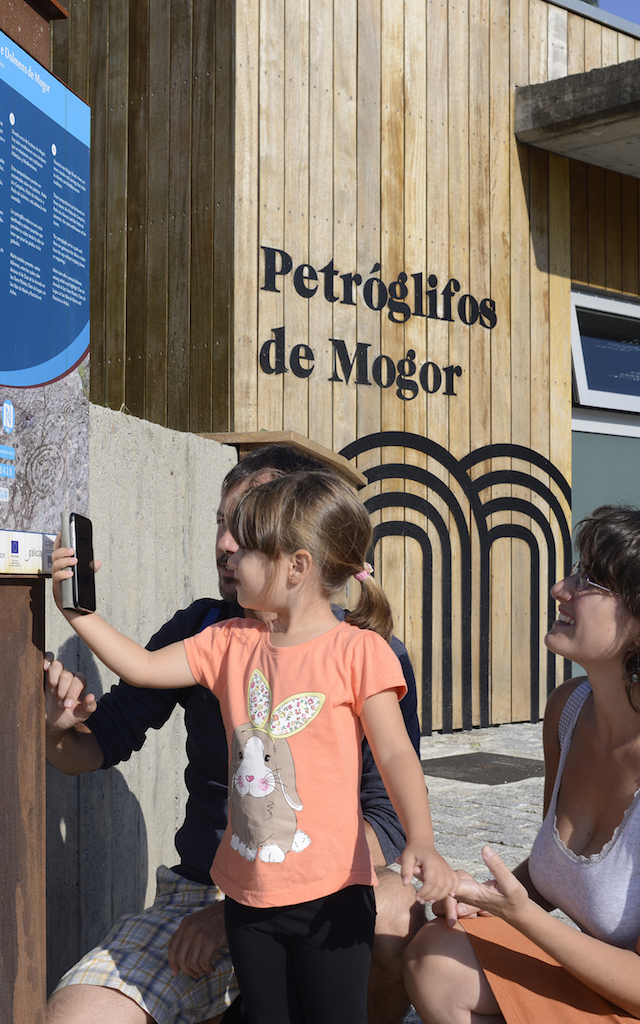
Battle noise in Rías Baixas
During different periods of history several battles have been fought in Rias Baixas. A good way to teach history to our children is while they have fun. For this reason we take a short route to the emblematic sites where these war events took place. We can start at the bank of the river Verdugo, where the battles of independence war took place which liberated Galicia from the French occupation and converted this region into the first liberated territory of Spain. The Castillo de Soutomaior castle is also emblematic since an important knight, Pedro Madruga, was born there.
At the mouth of the Rio Verdugo river, in the bahía de San Simón bay, the Batalla de Rande battle took place, where the French and the Spanish fought against the English and Dutch during the Spanish War of Succession.
Another war scenario is the Torres de Oeste (cit. Towers of the East) in Catoira, which are the remains of the castle Alfonso III commanded to be built to protect the region against the attacks of the Vikings. In Mondariz, in the 12th century castle, Castillo de Sobroso, we will learn a lot about the battles between the followers of Doña Urraca, Queen of Castile, and her son, Alfonso VII. Finally, we will visit the stronghold in Baiona, which witnessed the capture of the town by Julius Caesar in the year 60.
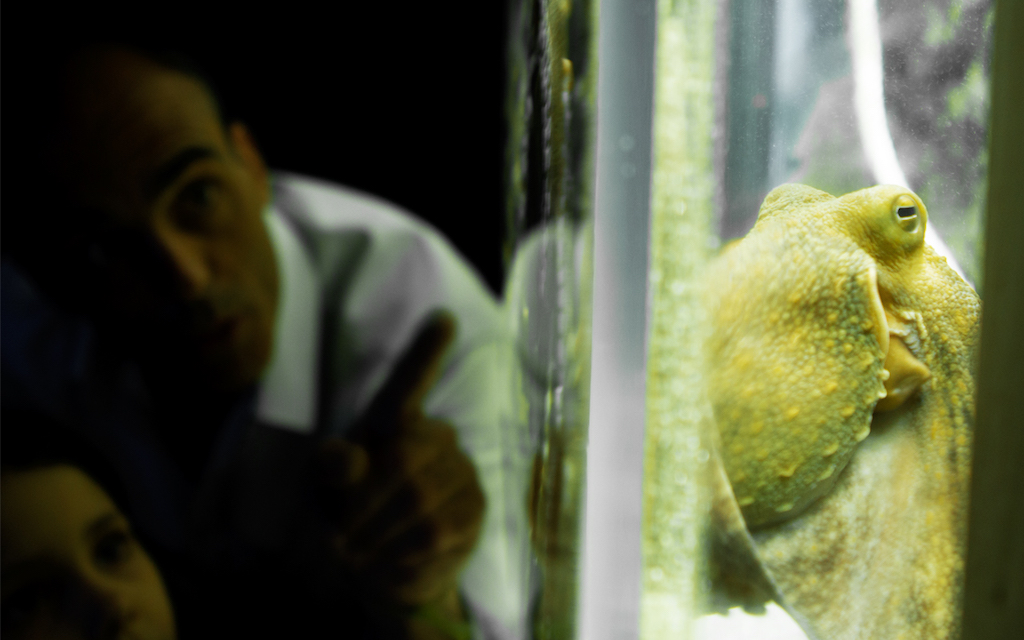
The Centro Castrodeza, new technologies to explain the past.
In Lalín, there is the Centro Castrodeza where we can see 3D reconstructions of the most representative ‘castros’ or settlements of Deza and an audiovisual projection about several myths and legends of Galicia. This museum is not as we would expect, because the multimedia resources and the audiovisual format will help us to recreate the castro culture and travel into the past to learn how the ancient inhabitants lived in the Galician castros.
The museum is divided into four circular themed rooms, where we can locate the castros of the region, where the greatest number of discoveries from the Iron Age per square meter in Galicia are found and where we get to know the myths of the area, listen to local stories and legends and enjoy the traditional gastronomy.
Besides the exposition, Castrodeza also offers creative and fun workshops, which combine playing and new experiences. The kids can make warrior clothing, watch how the landscapes are changing, be an archaeologist for a day and discover the gastronomy.
Archeology in Rias Baixas
One thing we will find in this area are the enormous funeral monuments built with huge stones stacked in a circle and usually with one large stone in the center. Nonetheless, in addition to these monuments we can find many engravings in Rias Baixas, which help us to get to know the ancient inhabitants of the Pontevedra province.
From Vigo we can go to the Monte de Candeán mountain and visit the funeral monument Casa dos Mouros, also known as the dolmen de Candeán. Nearby in the municipality of Redondela we find the Mámoa o Cadeiro do Rei, a burial mound with a diameter of 15 meters.
In Marín we can visit the Chan de Armada and in Vilaboa the Mámoa del Rey where we can discover some engravings in its stone slabs. Before we leave Moaña we still have to see the Chan de Arquiña and the Lapa de Gargantáns, two megalithic constructions and at the Lapa there are some petroglyphs.
While we travel through Rias Baixas looking for petroglyphs and megalithic constructions we have to be aware of the countryside because we will see inland valleys and villages close to the sea and rivers. In the south we find some stone constructions. One that stands out is the Area Arqueológico de Mogor in the municipality of Marín. It consists of a set of abstract engravings, labyrinths, pans and concentric circles distributed over three areas. In the Area Arqueológica de A Caeira we will see engravings of animals and geometrical figures. After this, we should visit the Area Arqueológica de Tourón in Ponte Caldelas, where we can see the most singular rock inscriptions in Galicia, which show more complex compositions.
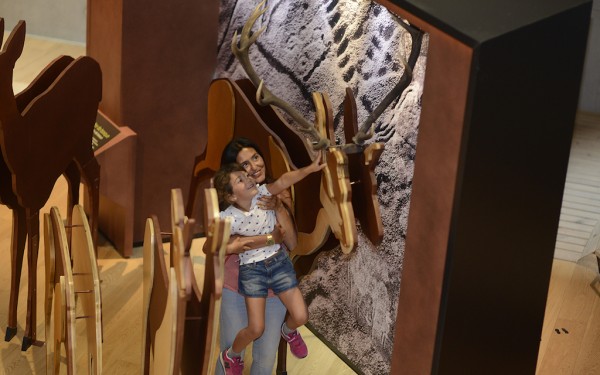
Campo Lameiro, the capital of rock art in Galicia
We can’t leave Rias Baixas without seeing the petroglyphs of Campo Lameiro. In this municipality we find a prehistoric village located right in the mountains. It’s a protected space with a very rich flora and fauna and visiting here is a perfect getaway for the whole family. The landscape is a wonderful setting for this cultural excursion.
In this area of 64 km², we find the largest collection of petroglyphs in Galicia, declared a historical artistic monument in 1974. The Parque Arqueológico del Arte Rupestre Rock Art Park aims to divulge the history and culture of these artistic expressions. There we will learn when and why these petroglyphs were made, how they disappeared, who discovered them, how they are studied and how they are preserved. Thanks to the guides and the explanatory panels, our children will learn to distinguish between abstract or representational engravings. They will also learn about the symbolism of the different figures seen on the rocks. In addition, we will learn to understand the importance and the difficulty of their conservation.
But in this centre not only can we visit the exposition and take a stroll to discover the petroglyphs, we can also travel in time visiting the recreation of a settlement from 4000 years ago and participate in several activities combining playing and learning, such as hunting with a bow or making fire without using matches or lighter. Thanks to the coffee shop and the restaurant we can take the opportunity to have a bite to eat.

